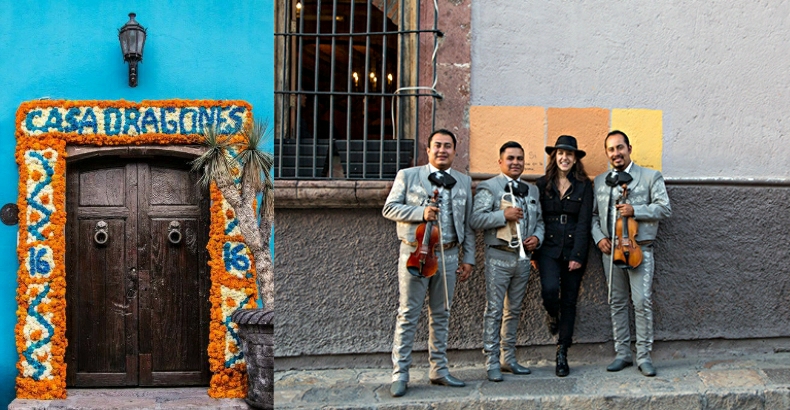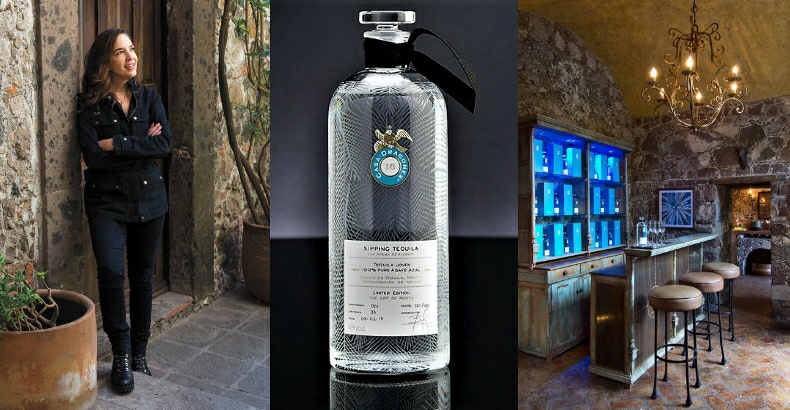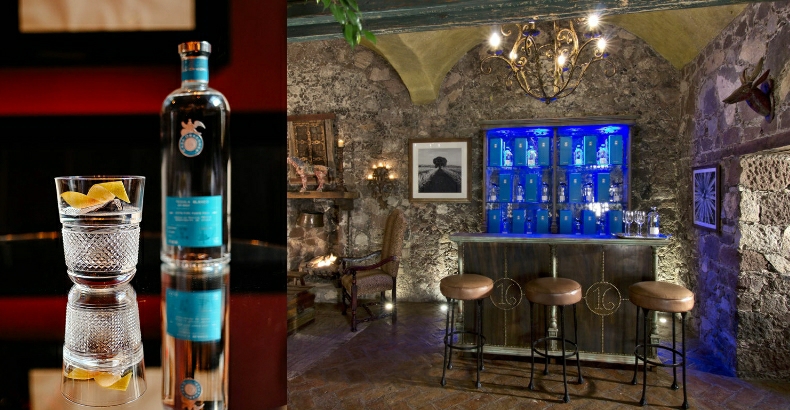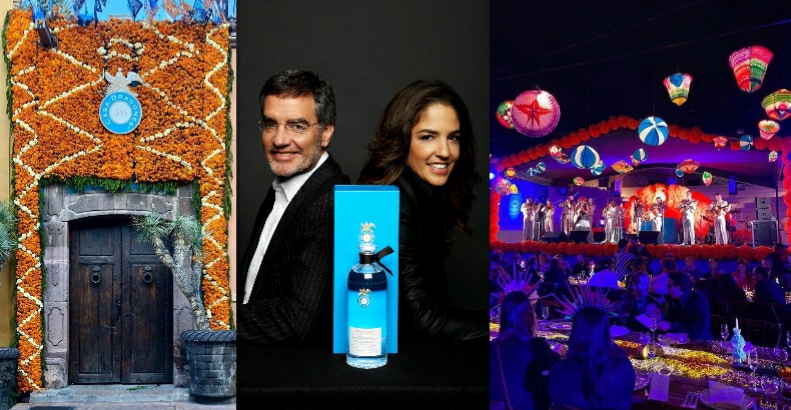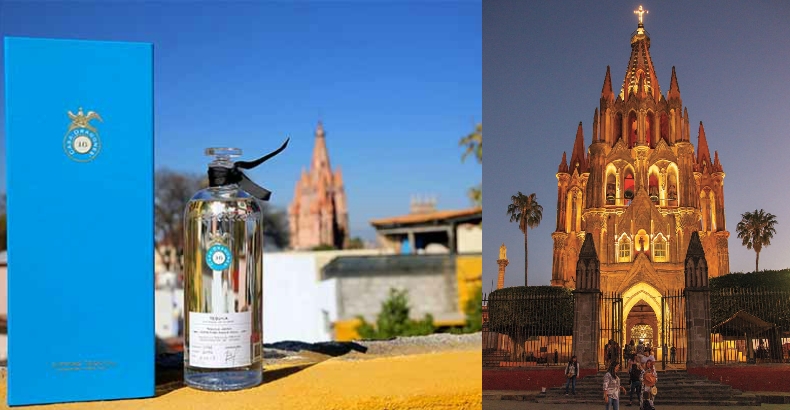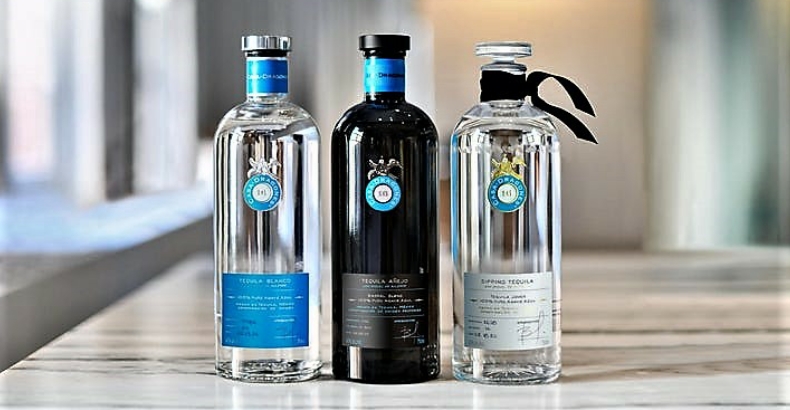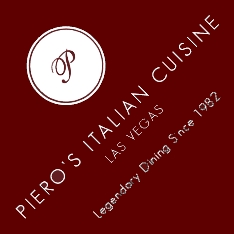Continued from Part 1...
When asked whether, as she and Pittman prepared to roll out the Joven, they realized that they were creating a new category in the US tequila market, González replies in the affirmative while acknowledging the perils that come with such an endeavor. “We did. And in Mexico, as well. And this was a risk, because if people don’t know what it is, they may not accept it. However, the most developed tequila markets in the world are Mexico and the US, and both have consumers, tequila aficionados, who look for craftsmanship as well as for products that expand their tequila repertoire. And we were fortunate that our Joven product was so well crafted that the interest was there; so, we were able to really stick to our guns, and committed to bringing this product to market, while being patient about education.”
Then, in 2011, a month before the company’s second anniversary, something happened; something that would prove to be a turning point for the future of Casa Dragones. On September 08, Sheryl Sandberg was launching Facebook Live by hosting Oprah Winfrey in a fireside chat; and when Sandberg asked whether she preferred wine or tequila, Winfrey threw her arms over her head and yelled “Tequila!” Then, after encouraging Sandberg to ask about her favorite, Oprah said “There’s a new tequila out, Dragones (Dra-go-nes). It’s in a blue box, and inside there’s a crystal bottle. Dear God! Dragones.”
González remembers the day clearly. “I was on my way to the airport, and my phone lit up. Everyone was telling me ‘Oprah just spoke about Casa Dragones!’ And I was in the car, just trying to get a connection so I could see what she actually said.”
A couple of months later, Oprah would include Casa Dragones Joven on her Oprah’s Favorite Things: 2011 Gift Guide. The following year, Casa Dragones Joven again made the list, accompanied by the following caption from Winfrey: “I truly appreciate people who are excellent at what they do, and the folks who handcraft this incredibly smooth tequila are masters. Forget the lime, skip the ice, and just savor it like fine wine.”
“We feel so fortunate to have her support,” says González. “It’s been very, very, very important for us to have this fairy godmother who has really supported us throughout the years. And she genuinely loves tequila, genuinely loves entrepreneurship, and genuinely loves Casa Dragones. That we’ve been able to continue presenting our products to her and receive her support has been an invaluable foundation for us as producers.
As for that crystal bottle that Ms. Winfrey referred to—for which, in 2010, Casa Dragones became the first tequila brand and the first Mexican company ever to receive the prestigious Grand Prix Stratégies du Luxe award for product design—was inspired by a traditional Mexican apothecary bottle that González came across while visiting an exhibit on the history of glass at Mexico City’s Museo de Arte Popular.
Opening the blue presentation box in which Casa Dragones Joven comes reveals a handcrafted, lead-free crystal decanter made by highly-trained craftsmen in Mexico City who individually mold, sculpt, bath, and hand polish each bottle before it is hand-engraved by skilled artisans using the traditional glass-engraving technique known as pepita (wherein a grinding wheel is used to carve decorative patterns in the shapes of small seeds, or pepitas); that traces its origins back to 15th century Netherlands, from where it was brought to Germany and Spain, and then Mexico, in 1524, when the owner of Mexico’s first glass factory, brought Spanish artisans to Puebla to teach the local craftsmen. Each limited-edition bottle comes with a handmade crystal top (because every decanter needs one), is hand-labeled, dated, numbered, and signed, and as a final flourish, a black ribbon (an homage to Mexico’s heroic Dragones Cavalry) tied around its neck.
Following successful (and quickly sold-out) limited edition bottles of Casa Dragones Joven designed in collaboration with such artists as Gabriel Orozco (2012), Danh Vo (2015), and Pedro Reyes (2018), Casa Dragones released a series of 100 Limited Edition: The Art of Pepita bottles, wherein each bottle is enveloped in an intricate design that has been painstakingly hand-carved, using the pepita technique; with each bottle taking over 100 hours of work to complete.
And while Casa Dragones has received unanimous praise from across the media landscape (including luxury lifestyle titles like Town & Country, Vanity Fair, Departures, and Robb Report as well as such foodie bibles as Food & Wine, Bon Appétit, Saveur, and Epicurious), the love has not been reserved solely for the Joven; because in 2014, Casa Dragones—recognizing that, while the Joven was sublime for sipping or pairing with food, it wasn’t appropriate to use for mixed cocktails, let alone shots—released its second expression, Casa Dragones Blanco, which (thanks to being crafted with the same laser-focus on craftsmanship and quality as its elder sibling) was received excitedly by those in the know, with Oprah again leading the charge, including it on her 2014 Gift Guide, aptly describing the “more affordable, cocktail-ready” Blanco as “dangerously smooth.”
González recommends serving the Blanco in an old-fashioned glass, with a two-inch ice cube and a twist of grapefruit, elaborating that “It’s really quite lovely, this way; because the objective of the Blanco was to expose the purity of our agave through an ultramodern process, which resulted in a very beautiful, herbaceous tequila that you can drink neat, or on the rocks, or use to make extraordinary cocktails.”
And nowhere are these cocktails more exquisitely and lovingly crafted than at the Casa Dragones Tasting Room. Located in San Miguel de Allende’s historic Dôce 18 Concept House, the intimate Tasting Room was designed in collaboration with bespoke design firm Meyer Davis. The heavy use of the naturally-formed volcanic glass known as obsidian—transformed by acclaimed Mexican designer, Gloria Cortina, into 4,000 tiles used by Meyer Davis to embellish the walls and ceiling—alludes to the terroir of Casa Dragones’ agave fields in Jalisco’s Valley of Tequila, the mineral-rich soil of which comes from being on the Trans-Mexican Volcanic Belt; giving guests a transportive, multisensory experience.
Because, while grown and harvested in Jalisco, Casa Dragones Tequila considers San Miguel de Allende its spiritual home; for it was here, that the legendary Dragones—the elite cavalry that helped sparked Mexico’s independence from Spain—were based; spending much of their time at their stables, La Casa Dragones. La Casa Dragones still stands, on the same narrow, cobbled street, as it has for a couple hundred years; and as the headquarters of Tequila Casa Dragones, remains a vortex of change, where the revolution being waged is one of craftsmanship, taste, and sophistication.
Bertha González Nieves
Tequila Casa Dragones
Click HERE for info
Get into it!
#CasaDragones
[Editor’s Note: A different version of this article was published in American Way, May 2021 (ink Global)]

